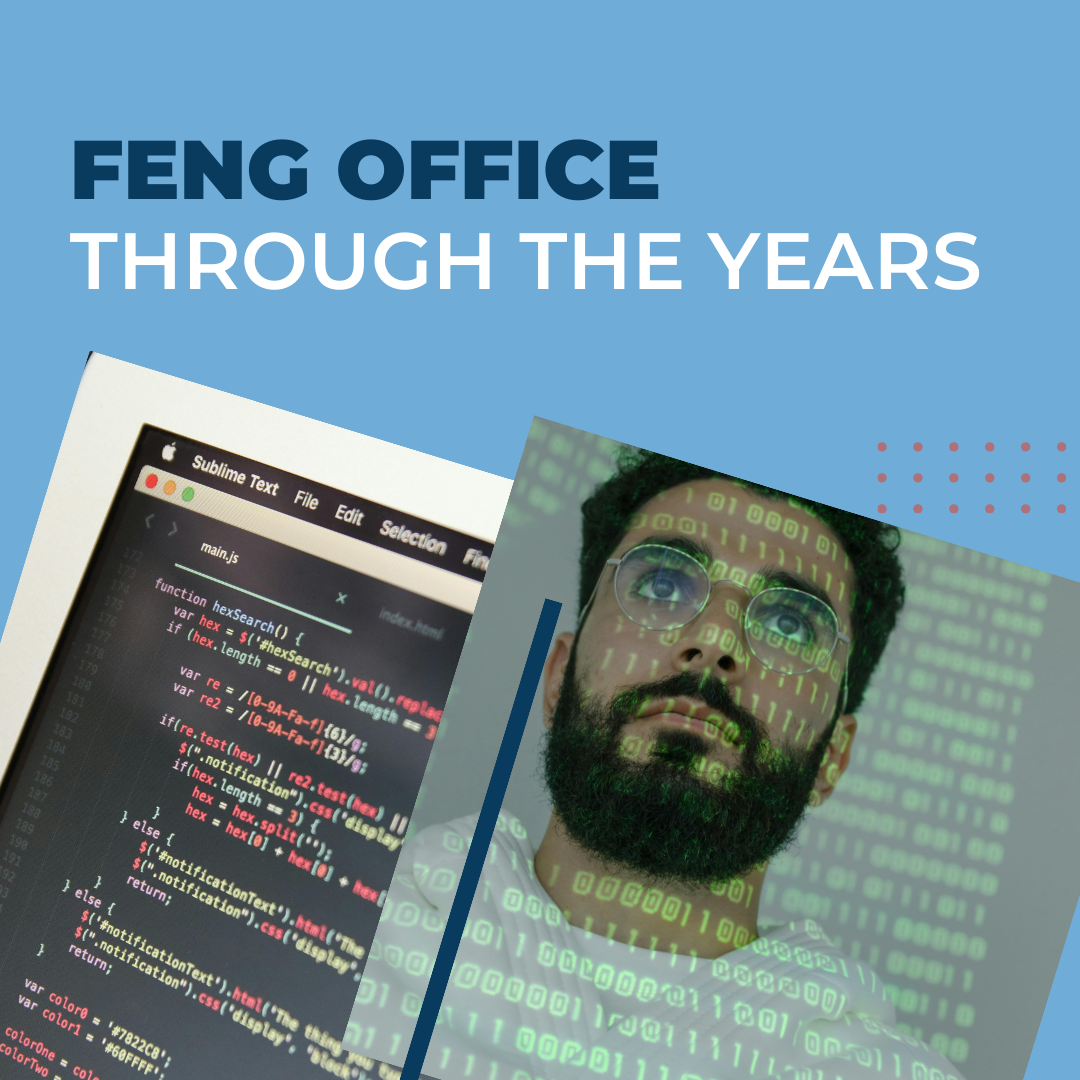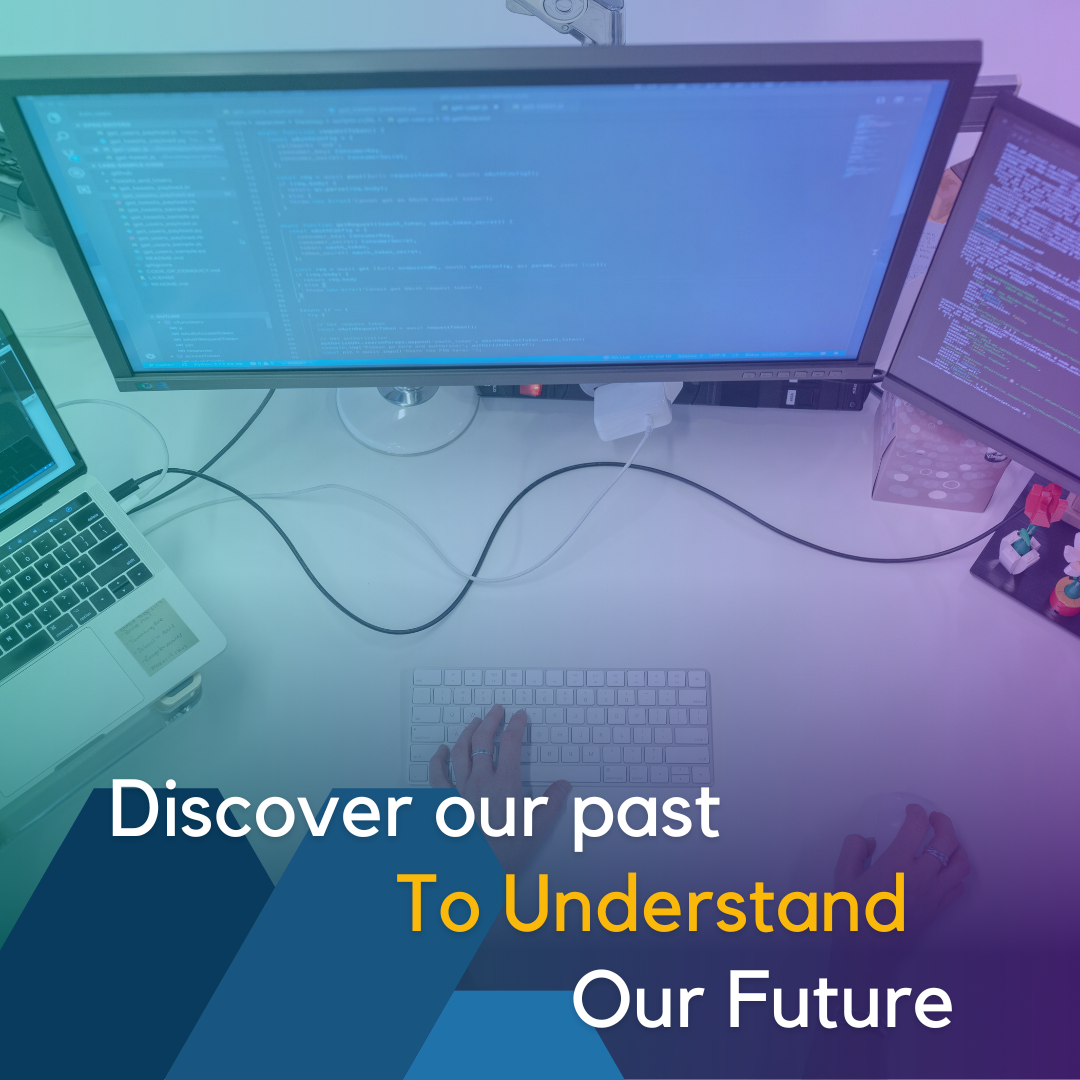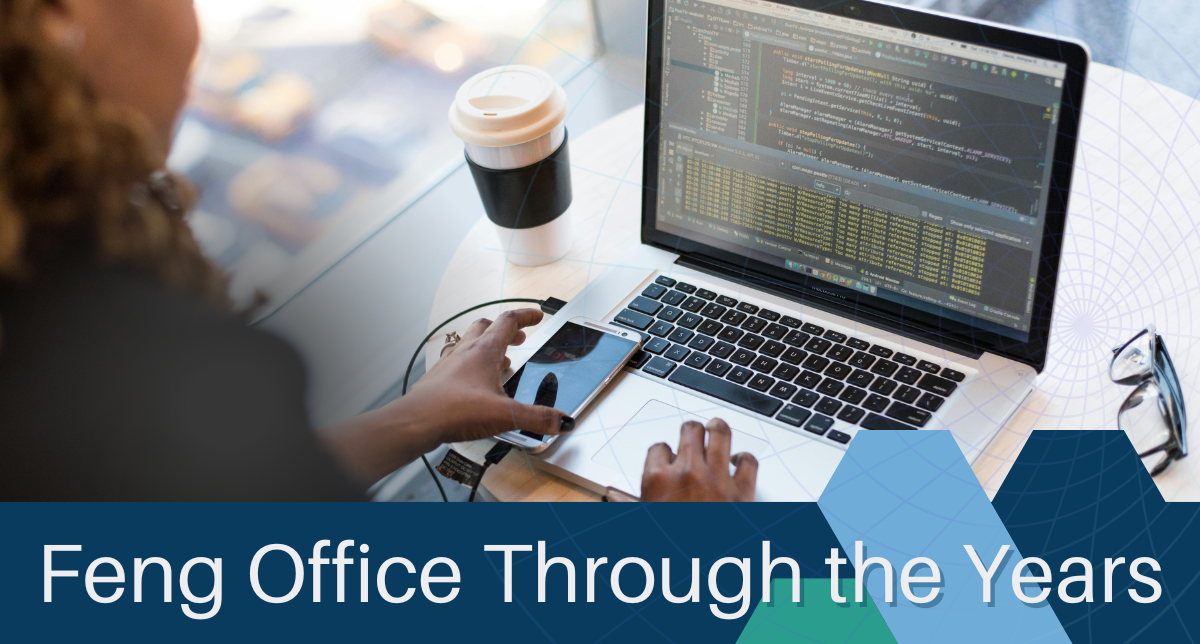
Feng Office,
+16 years in the making
Why would you like to start your business by making a Project Management app? It is a very spread-out software vertical, and in today’s world maybe not, you would need a ton of resources (not only money but mental energy and focus) and especially a lot of resilience. Maybe not today… but in the early 2000s? that was even weirder… and bolder.
The beginning of Feng office
During 2008 the world was a different beast, especially in the software arena. Google launched the first beta of Chrome, the iPhone was in its second version and jailbreaking was spread around, Gmail was hot, this was the year marked as “everything as a service” but after all, cloud and mobile were not mainstream, and wouldn’t be until a couple of years ahead.
Still, during this time, ideas were flowing and something called OpenGoo “opened” a can of worms for Project Management and then everything changed. PM was something for certain people, nerds sort of speak, not the common manager or even engineers. Not everybody knows or remembers what Basecamp was/is, or knew about Jira or Primavera. Big names were playing like Microsoft with its Project software but the learning curve was steep and beyond engineering and precise work, very difficult to use.

We moved from OpenGoo to Feng Office, and one of the things that inspired our DNA was Cloud computing, the burning question of Why can’t I have my work/Project with me where I am going? Remember that mobile was not as common as it is today. Then OpenGoo focused on this, starting as a degree project, and with the collaborative world of Open Source in mind, it took the world by storm, having a huge pike of downloads from the very beginning from people looking for alternatives to oligopolies and dominance from those same big players.
After realizing that, even when Open Source was a good way to improve the product, it wasn’t a sustainable way to allocate resources for those said improvements, therefore something had to give, and then the Professional and Enterprise editions came into play. With the business model in place, there was the cash flow needed to hire the best team of developers, BDRs, and Sales team needed to grow the product to where it is today.
So what is the difference between Feng Office Community, Professional, and Enterprise Editions?
First of all, plugins. The different modules for the Professional and Enterprise editions are based on Plugins, developed from the client’s insights and perspectives that our sales team gave to the developers, always prioritizing useful developments and aiming to increase the information given to the user. The plugins help compartmentalize the reach of certain functionalities, enclosing the development and helping with the deployment of specific functionalities. This is the starting point, the real world needs to be expressed as small pieces of code that allow the user to access certain functionalities inside the software.
Then comes Business Intelligence, the key point of the pay editions. It’s known that to iterate, develop, and grow a business you need to understand, analyze, and anticipate the movements of your vertical, the behavior of your clients, and the performance of your projects. Here’s where Feng Office’s Business Intelligence group of reports comes into play. Our key reports are Project Financials, Utilization Report, Project Price Quote, Gross Margin, and Forecast Report focusing on understanding the different dimensions of your company and individual projects and helping you to develop strategies to improve the performance of your team and therefore increasing Revenue.
And then, the integration comes in, to have everything in one platform, one software to rule them all. Does your company use QuickBooks? No problem, we have an integration with them; Do you use Google Calendar? Sure, bring them in. Regardless of the way you manage things around your office, we have your back.

And finally…
Last but not least, one key component for Feng Office is Dimensions, a concept that is embedded in the core of our strategy and the best-hidden secret in the Project Management community. Dimension allows you to link different properties to different objects inside your projects. The straightforward examples are Billable and Non Billable expenses, time entries and invoices, and tasks with emails and documents. You can link different objects between them to easy reference through your project so you don’t have to spend hours searching for a specific document related to one task that came in 3 months ago, just link it and everybody with access can find it with just one click.
So, the Open Source version was the burning logs for the revolution to come, but at the same time the pillars for the Professional and Enterprise editions that came after, and that helped cement the structure that holds today one of the most revolutionary Project Management software available.
And there you have it, a little piece of history in the making, more than 15 years working and developing a product to bring control, analysis, and Business Intelligence to your company, regardless of its size or vertical.
Let’s Jump into a personalized Demo here and discover what Feng Office can do for your company.



